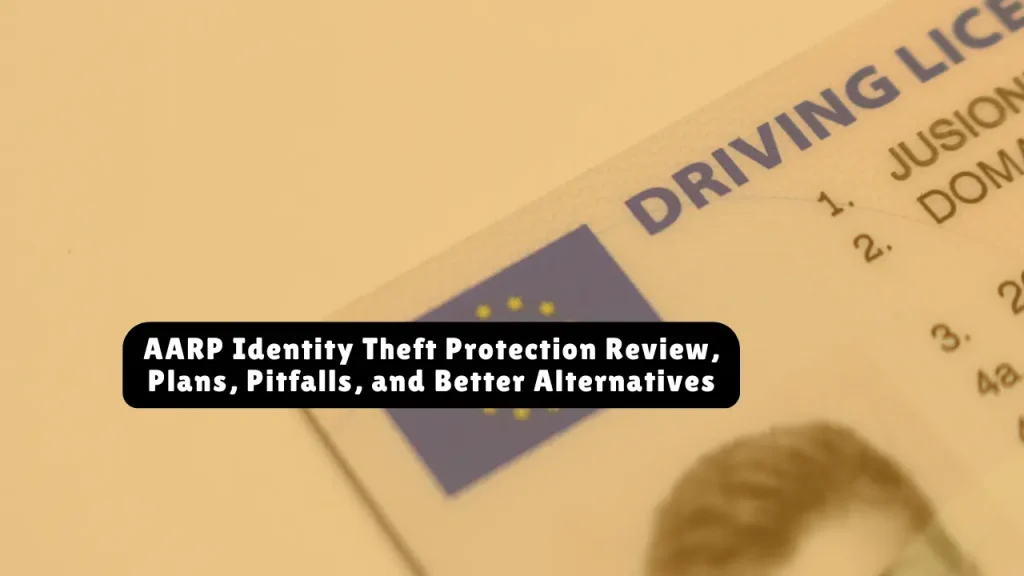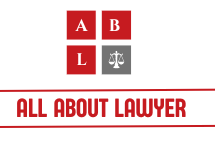AARP Identity Theft Protection Review, Plans, Pitfalls, and Better Alternatives
As identity theft continues to surge—costing U.S. adults an estimated $43 billion in 2023—retirees remain a primary target. AARP (American Association of Retired Persons) has responded with a blend of free fraud-prevention tools and discounted Norton LifeLock plans. These services, while valuable for older adults, have notable limitations that may leave users underprotected without supplemental efforts.
This 2025 review breaks down everything AARP offers: plan features, pricing, real-world experiences, claim processes, expert tips, and how these services compare to standalone competitors like Aura and Identity Guard.
Table of Contents
What Does AARP Identity Theft Protection Include?
Through its partnership with Norton LifeLock, AARP members can access three discounted plan tiers—Select, Advantage, and Ultimate Plus. These include both identity protection and cybersecurity tools, bundled with AARP’s exclusive Fraud Watch Network™ resources.
Core Features Across LifeLock Plans
| Feature | Select Plan | Advantage Plan | Ultimate Plus Plan |
| Equifax Credit Monitoring | ✔ | ✔ | ✔ |
| TransUnion Credit Lock | ✘ | ✔ | ✔ |
| Dark Web Monitoring | ✔ | ✔ | ✔ |
| Identity & SSN Alerts | ✔ | ✔ | ✔ |
| Stolen Funds Reimbursement | $25,000 | $1M (legal only) | $1M (full) |
| U.S.-Based Restoration Support | ✔ | ✔ | ✔ |
| VPN & Antivirus (Norton 360) | ✘ | ✔ | ✔ |
Note: Credit monitoring is limited to Equifax. This leaves potential blind spots if fraud appears on TransUnion or Experian.
Pricing Breakdown (2025)
| Plan | 1st Year Price | Renewal Price |
| Select | $69.99 | $100+ |
| Advantage | $149.99 | $200+ |
| Ultimate Plus | $250.27 | $375+ |
AARP members save up to 44% on first-year pricing, but renewal rates jump 30–50%, which significantly affects long-term affordability.
Related article for you:
Best Identity Theft Protection Reports of 2025, Consumer Service Reports–Style Deep Dive
Pros of AARP Identity Protection
- Senior-Focused Features: Tailored for retirees, including phone-based guidance, paper document tips, and scam alerts.
- Member-Only Discounts: Bundled Norton tools (VPN, antivirus, password manager) at a lower price than direct LifeLock subscriptions.
- U.S.-Based Support: Dedicated fraud specialists guide victims through reporting, FTC affidavits, and credit bureau disputes.
- Free Resources: AARP’s Fraud Watch Network™, helpline (877-908-3360), scam maps, and recovery guides are accessible to all.

Major Limitations and Risks
1. Incomplete Credit Monitoring
Only Equifax is monitored. Users must manually monitor TransUnion and Experian, or use third-party services for full coverage.
2. Security Concerns with LifeLock
- Past Breaches: LifeLock suffered data breaches, including a 2024 incident affecting 6,500 customers.
- Regulatory Issues: Fined $100 million by the FTC in 2023 for failing to secure user data properly.
3. High Renewal Costs
AARP’s discounted pricing is valid only for the first year. Renewal hikes can make plans more expensive than competitors like Aura or Identity Guard.
4. Limited Reimbursement on Lower Plans
The Select Plan covers only $25,000 in stolen funds—insufficient if full financial restitution is needed.
How to Enroll & File Claims with AARP LifeLock
Enrolling
- Visit the AARP Member Benefits fraud-prevention page.
- Choose your preferred plan tier.
- Apply your membership info; the discount is automatically included.
- Complete payment and setup.
Claims Process
- Alert Received: Via SMS/email when suspicious activity is detected.
- File a Report: Contact Member Services (844-488-4540) or use the LifeLock dashboard.
- Specialist Assigned: A U.S.-based expert follows up within 24 hours.
- Case Management: Help with FTC filings, police reports, credit alerts.
- Reimbursement: Claims are reviewed and paid up to your plan’s limit (if eligible).
AARP vs. Competitors: Which Is Best?
| Service | 3-Bureau Monitoring | Insurance Coverage | Cyber Tools | 1st Year Price | Renewal Price |
| AARP LifeLock Ultimate | ✔ (partial) | $1M | ✔ (Norton 360) | $250.27 | $375+ |
| Aura Premium | ✔ | $1M | ✔ (AI alerts) | $108 | $150+ |
| Identity Guard | ✔ | $1M | ✘ | $79.99 | $149.99 |
| Zander Insurance | ✘ | $1M | ✘ | $7/month | $7/month |
Verdict: While AARP provides robust support and education, competitors like Aura offer stronger, full-spectrum monitoring at a lower renewal cost with AI-driven alerts.
Expert Tips for Maximizing Protection
- Use Free Credit Reports: Access all three bureaus at AnnualCreditReport.com.
- Freeze Your Credit: Prevent unauthorized loans by freezing your credit at Equifax, TransUnion, and Experian.
- Watch for Renewal Increases: Compare pricing annually and consider switching providers if costs spike.
- Combine DIY With Paid Services: Use AARP’s Fraud Watch Network™ even if you choose a different identity theft service.
Final Verdict: Is AARP Identity Theft Protection Worth It in?
AARP’s identity theft protection delivers strong educational resources, member discounts, and basic digital monitoring, making it a solid entry-level choice for budget-conscious retirees. However, the limited credit monitoring, historical data breaches, and steep renewal costs raise concerns.
For those seeking comprehensive protection, especially involving multiple credit bureaus and robust AI detection, alternatives like Aura or Identity Guard are better suited.
Key Takeaway
AARP’s identity protection plans are best for seniors seeking affordable, basic protection with human support. For full-spectrum coverage and long-term value, look toward premium alternatives.
📞 AARP Fraud Watch Network:
Helpline: 1-877-908-3360
Website: https://www.aarp.org/money/scams-fraud/
For a detailed feature-by-feature comparison or a plan selector quiz, visit Aura’s identity protection comparison tool.
About the Author

Sarah Klein, JD, is a former consumer rights attorney who spent years helping clients with issues like unfair billing, product disputes, and debt collection practices. At All About Lawyer, she simplifies consumer protection laws so readers can defend their rights and resolve problems with confidence.
Read more about Sarah
